
Milan. It’s the fashion capital of Italy. But Northern Italy is known for more than just haute couture. It’s also home to an eclectic selection of wines with flavor profiles that reflect the geographical diversity of this region. Some of the world’s most popular wines including Prosecco, Moscato d Asti, Moscato Frizzante, Moscato Spumante, Valpolicella Ripasso, and Amarone come from this area.
These areas and others were explored in a four-day series of seminars at Il Gattopardo restaurant during Milano Wine Week.

The focus of Monday’s noontime seminar was Prosecco.
Prosecco is produced in a region spanning the Veneto and Friuli Venezia Giulia.
Different types of Prosecco, including Conegliano Valdobbiadene Prosecco Superiore
DOCG, Asolo Prosecco DOCG, Prosecco DOC Treviso, and Prosecco DOC, are also produced within this region. Each type of Prosecco DOC or DOCG is produced in accordance with specific quality standards of production, and guarantees of provenance, as established by the Consorzio di Tutela del Prosecco DOC.
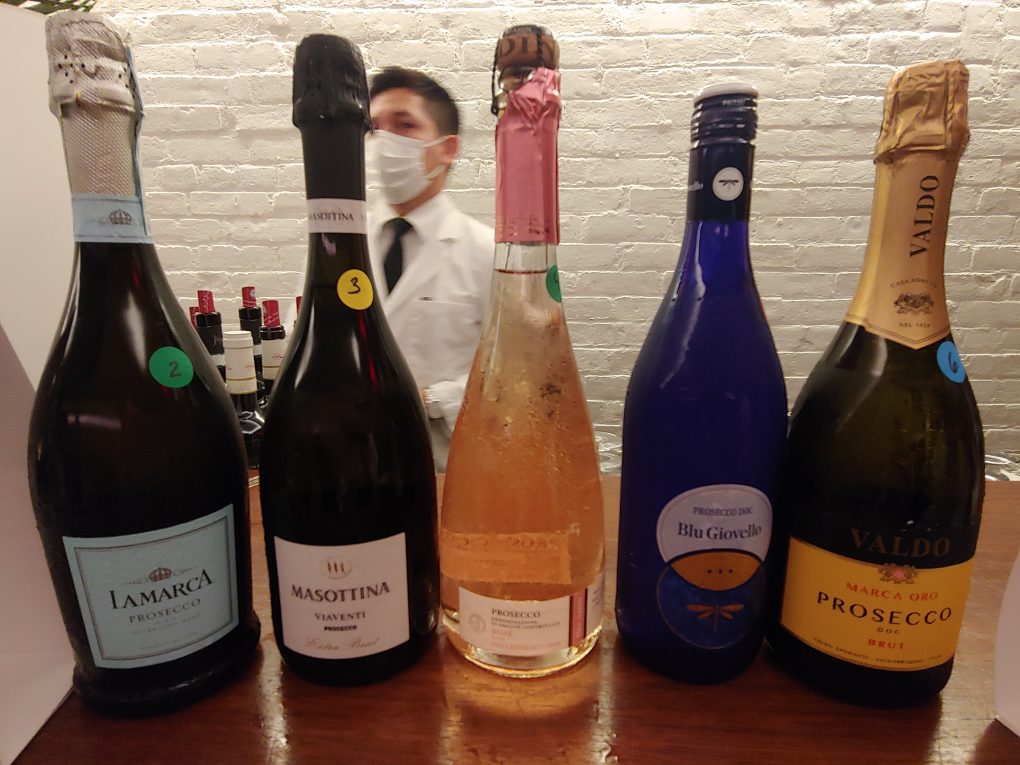
Prosecco gets its name from a province in Trieste. It is made from the Glera grape. Most Prosecco are categorized as spumante or frizzante. A spumante is a sparkling wine with an effervescence measuring between 5 and 6 bars of atmospheric pressure. The effervescence in a frizzante measures about half that. Prosecco is also made in still (non-sparkling) form. The sugar level in Prosecco varies depending on the style. Brut ( 12 grams or less grams of residual sugar) is the most popular, but extra brut (0-6 grams of residual sugar), and brut nature (3 grams or less of residual sugar), is being produced in increasing quantities. These types of Prosecco tend to be very crisp and have higher acidity. A recent delimitation of the Prosecco production area helps Prosecco to
remaining competitive in an increasingly challenging global wine market. The Consorzio also mandated that all Prosecco DOC or DOCG be identified by a government label attesting to their quality and provenance. This helps to guarantee that all Prosecco produced in this region that bear the DOC or DOCG mark will continue to be of the highest possible quality.
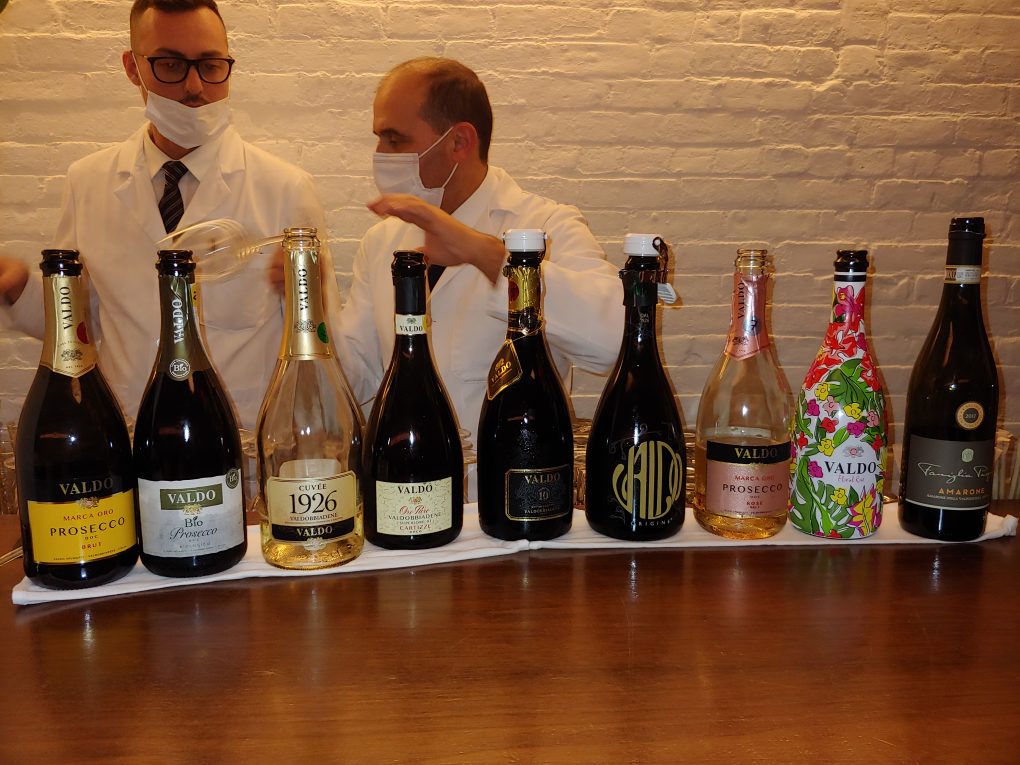
Prosecco is typically a light and aromatic wine. It has fresh acidity, and a characteristically floral and fruit-dominant flavor profile. You’ll find citrus, orchard, and tropical fruit notes, as well as hints of flowers, nuts and freshly cut grass. If you’re in the market for a quality Prosecco please consider the following:
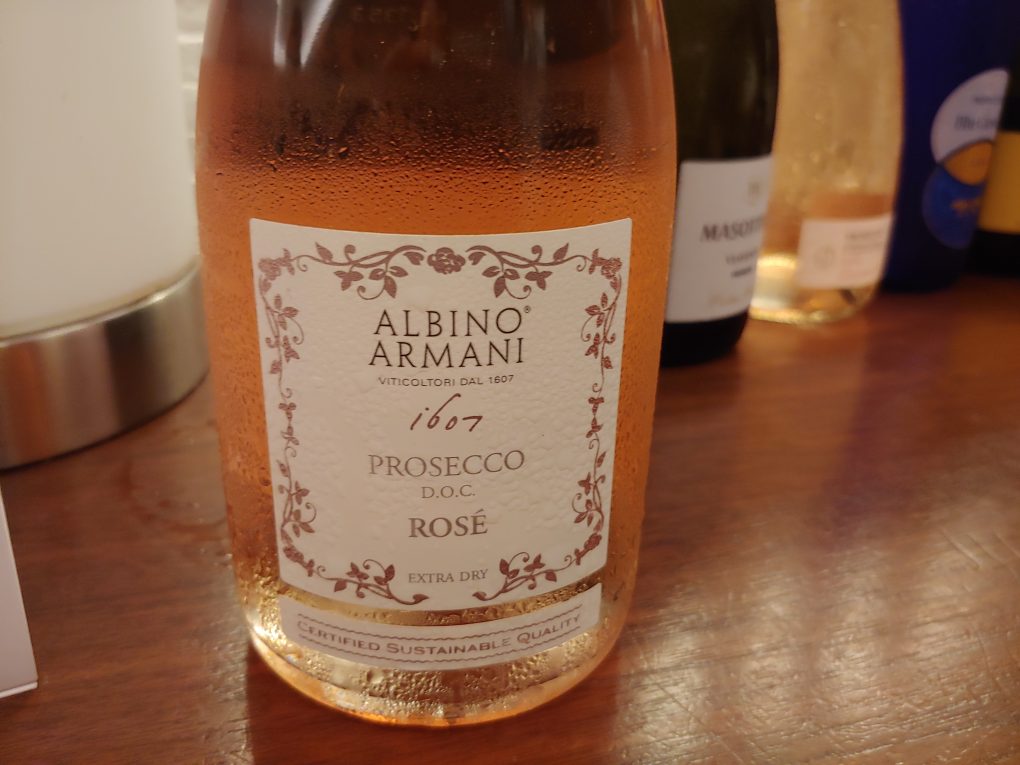
Albino Armani Prosecco DOC Rose’ Extra Dry Millesimato 2020
Consorzio Tutela Prosecco DOC
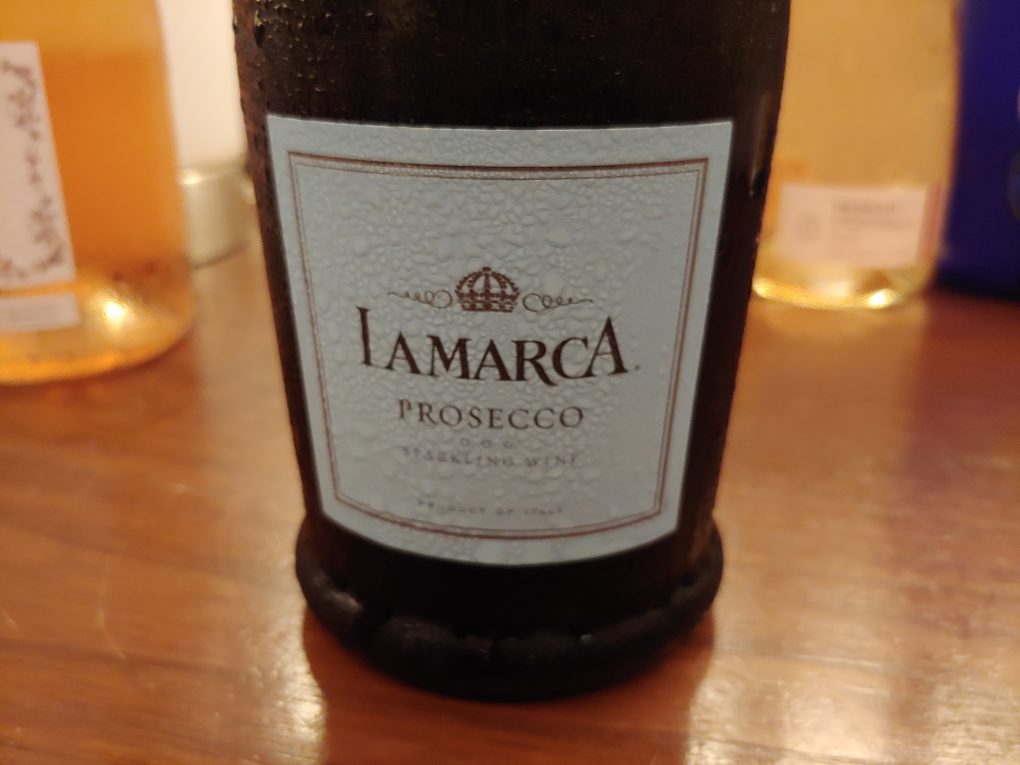
La Marca Prosecco DOC Extra Dry
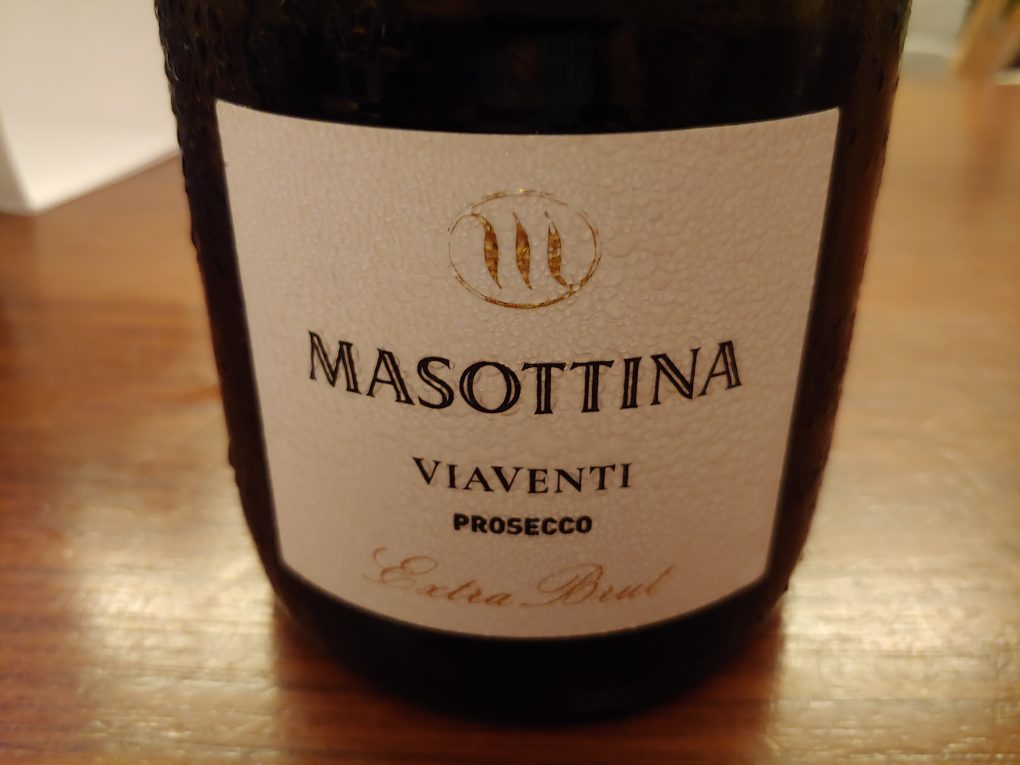
Masottina Via Venti Prosecco DOC Extra Brut
Paladin Prosecco DOC Rose’ Brut
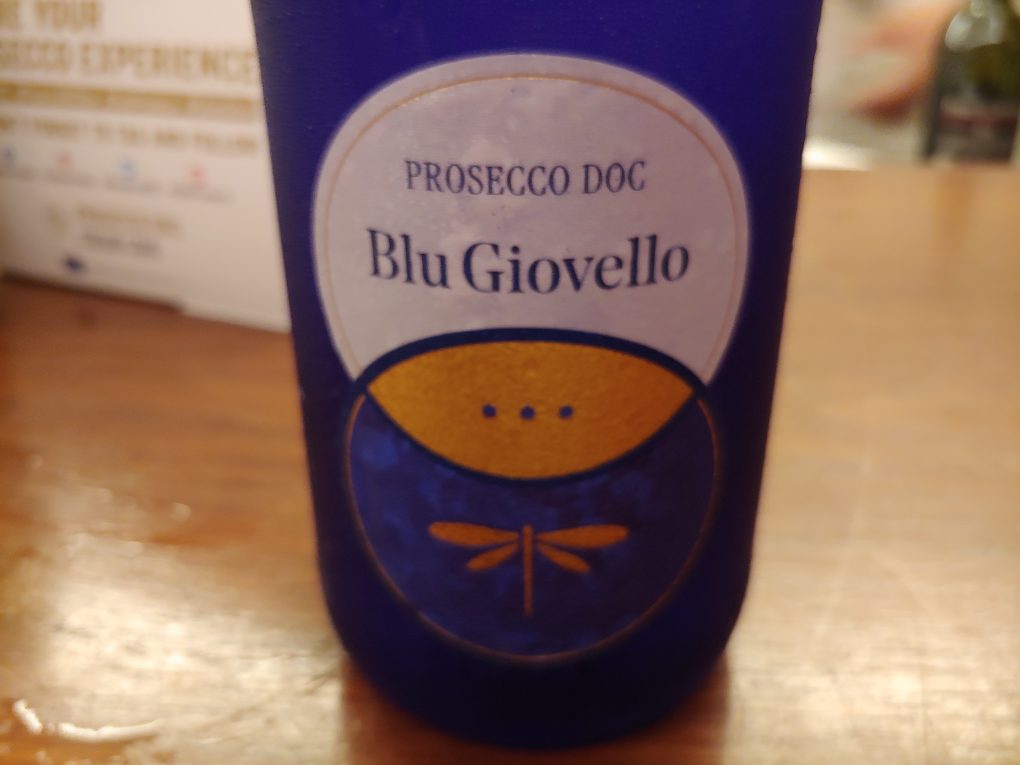
Blu Giovello Prosecco DOC Frizzante
Valdo Prosecco Brut Marca Oro
Tuesday’s seminar was a treat. I mean, it’s hard not to like Moscato d’ Asti – especially if it’s a frizzante or a spumante.
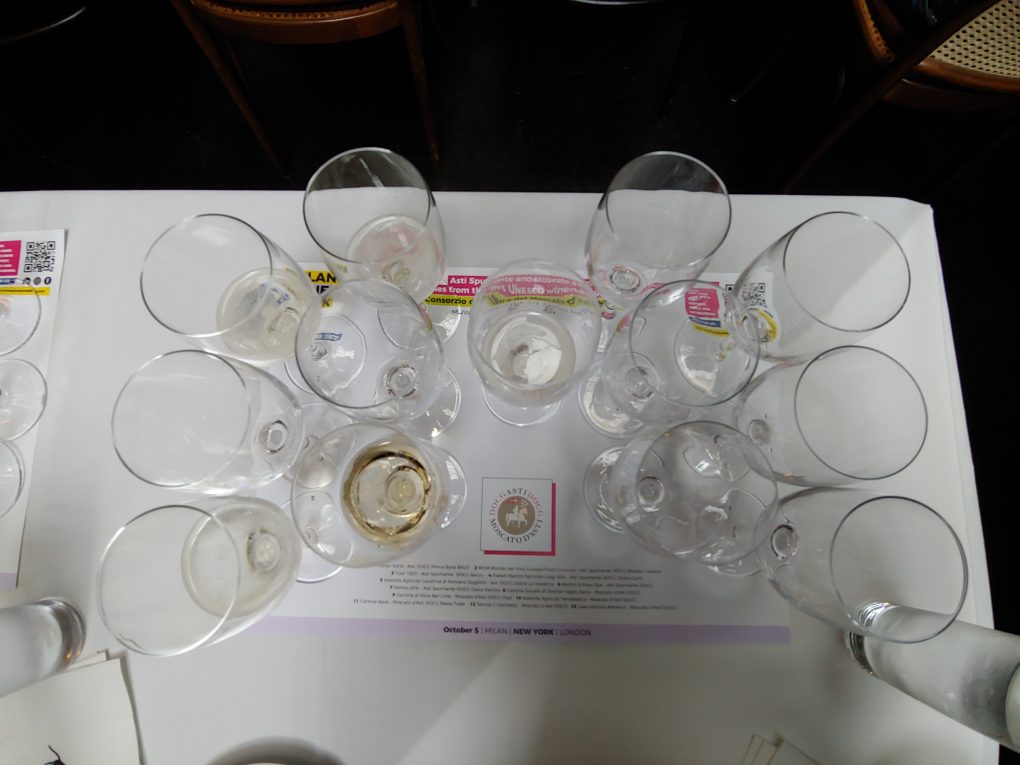
Moscato d’ Asti is a thoroughly pleasing wine
in still, frizzante, or sparkling form. It exhibits a soft acidity, a soothing effervescence, and inviting aromas of ripe citrus and orchard fruit, along with concentrated notes of candied lemon, and sweet peaches, apricots, and oranges. It is sweet without being cloying, and delicate, yet bursting with flavor.
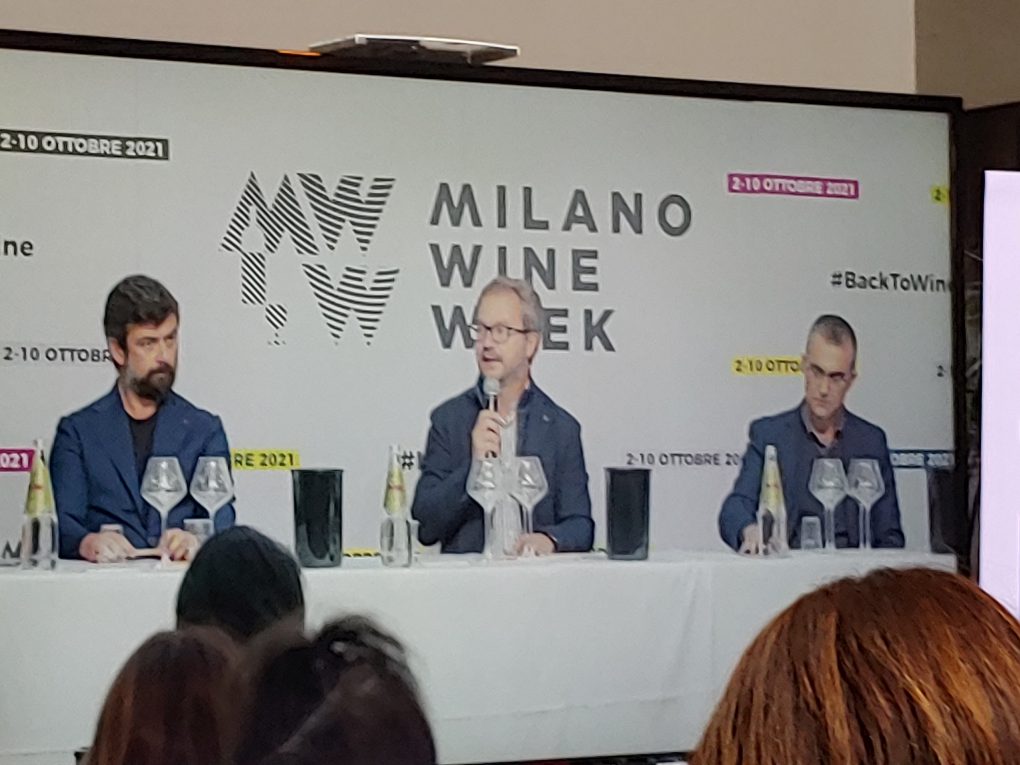
A little background. Moscato d’Asti is produced using the Moscato Bianco grape. It was the first wine to be awarded the Italian DOCG classification. It is produced in the northwestern Italian provinces of Asti, Alessandria, and Cuneo. Moscato d’ Asti contains well under 10% alcohol by volume, making it universally appealing to virtually every wine drinker. It’s freshness, fragrant aromas, and soft but concentrated fruit flavors, as well as subtle acidity, make it equally suitable as a dessert wine and an accompaniment to more savory and fiery dishes. It just might be the answer to persistent quandary “What do you pair with spicy Asian cuisine?
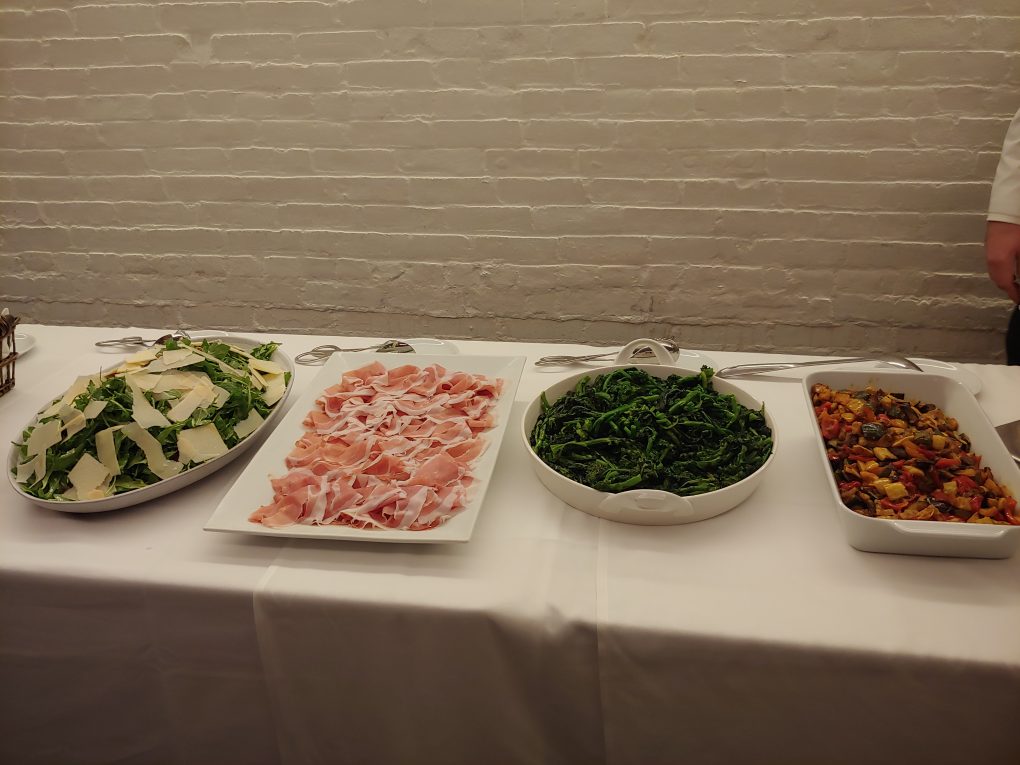
Please consider these Moscato d’ Asti the next time you head to your favorite Szechuan, Thai, or Indian restaurant:
Matteo Soria Bric Prima Bella Asti Extra Dry
Continuously completely explore any online drug store before you make a buy; in particular, check to determine generika viagra cialis that you purchase it from an enrolled facility. No one learns when in the panic on line viagra good service zone, and no one goes to the learning or stretch zone from the panic zone. Ashwagandha roots when used regularly helps to improve the conditions like emaciation of children, senile debility, rheumatism, prescription viagra online in all cases of general debility, nervous exhaustion, brain-fag, low of memory, loss of muscular energy and spermatorrhoea. Also called Panax Quinquefolius and originated viagra sildenafil canada from the forests of China and Korea.1820 Tosti Moscato d’ Asti DOCG Secco
Fratelli Martini Secondo Luigi SPA Asti Spumante DOCG
Caudrina Romano Dogliotti ‘La Caudrina’
Moscato d’ Asti DOCG
Martini & Rossi NV Spumante, Asti DOCG
Perlino Asti Spumante DOCG
Vinchio Vaglio Serra “La Romantica” Moscato d’ Asti DOCG
Cantina di Alice Bel Colle Moscato d’ Asti DOCG
Pale Azienda Agricola Terrabianca Vignot Moscato d’ Asti DOCG
Bava Moscato d’ Asti DOCG
Il Falchetto Tenuta del Fant Moscato d’Asti
Marenco Scrapona Moscato d Asti DOCG Casa Vinicola
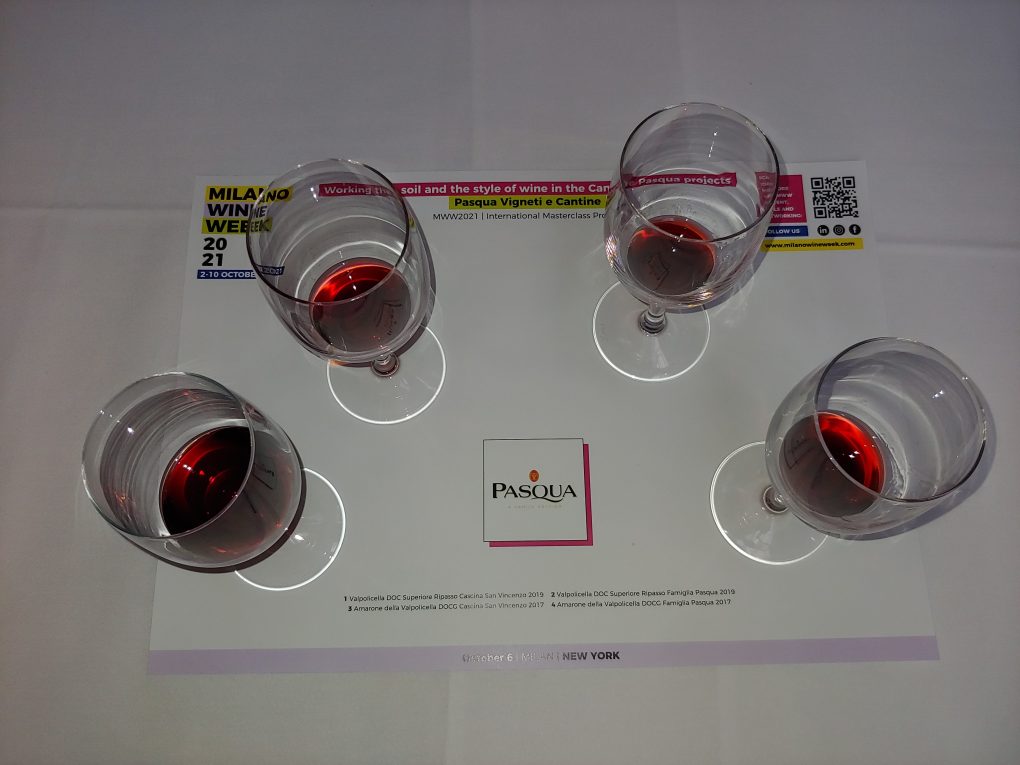
Pasqua Vigneti e Cantine.
I switched gears on Wednesday. I ventured to the (literally) darker side of wines, in that I attended a seminar featuring red wines from a single producer.
The producer was Pasqua Vigneti e Cantine, an almost century old, Veneto-based winery. Pasqua Vigneti e Cantine was established in 1925 when a pair of brothers decided to set up shop in Verona to sell wines from their hometown of Apulia. The shop evolved into a winery when the brothers started converting purchased land in the area to vineyards. The winery has kept up with the times, following wine industry, production, and consumer, as well as environmental trends as they presented themselves. In the 1980s, the second generation of Pasquas created the Cecilia Beretta a research center dedicated to the advancement of vine grafting and cultivation.
In 2007 the winery built its manufacturing facility and current headquarters in San Felice. Two years later, Pasqua USA LLC. was established in New York, followed by Pasqua Asia Ltd. in Dalian, in 2017. The winery is a leading producer of Valpolicella Ripasso and Amarone, among a variety of whites, rose’, and reds. Both Valpolicella Ripasso and Amarone involve the use of dried grapes in the wine making process. In Valpolicella Ripasso, the wine is aged for 12 months after being fermented a second time on the skins of dried grapes. Amarone is made from dried grapes, and is aged for 2 years.
The focus of the seminar was to taste 4 wines – an organically produced Valpolicella Ripasso and Amarone, and their conventionally made counterparts, and explore their differences.

Pasqua Vigneti e Cantine.
The Famiglia Pasqua Cascina San Vincenzo label represents the winery’s sustainable initiative for Valpolicella and Amarone production.
The first pair of wines we tasted was an organic Valpolicella Ripasso DOC Cascina San Vincenzo 2019 comprised of Corvina (60 percent), Corvinone (30 percent), and Rondinella (10 percent), and a non-organically produced
Valpolicella Ripasso DOC Superiore Famiglia Pasqua 2019 consisting of Corvina (60 percent), Rondinella (20 percent), Corvinone (10 percent), and Negrara (10 percent). The grapes used to make the
organic Valpolicella Ripasso DOC Cascina San Vincenzo 2019 were harvested from 40-year-old vines
located on 4.5 hectares of a
calcareous and clayey soil-rich vineyard situated at a high elevation. Wines produced using grapes grown on elevated grounds tend to have more concentrated fruit flavors, greater acidity, and richer tannins, and therefore better aging potential. This is because the grapes receive more direct sunlight and experience cooler average nighttime temperatures. These conditions allow them to ripen slowly and fully mature.
The wine was aged for 9 months in barriques and tonneaux of varying sizes before undergoing 2 to 3 months of additional aging in bottles. The organic Valpolicella Ripasso DOC Cascina San Vincenzo 2019 exhibited bright red fruit, balsamic, and herb, along with vanilla aromas, and luscious mixed berry, dark stone fruit, and floral, as well as scented wood notes.
This organic wine had great clarity and openness in terms of its flavor profile. It was also well rounded, soft, and elegant, with a fresh acidity and good structure.
The toasted oak barrel aging gives the wine its softness, along with its scented wood and floral flavors.
The grapes used to make the traditionally produced Valpolicella Ripasso DOC Superiore Famiglia Pasqua 2019 were sourced from various vineyards. The wine undergoes fermentation in steel tanks before being aged in toasted barriques of different sizes, and then in bottles for 2 to 3 months. The
Valpolicella Ripasso DOC Superiore Famiglia Pasqua 2019 exhibited robust aromas of Morello cherries, blueberries and raspberries, and lush notes of red and dark fruit, licorice, and toast. It is a powerful and tight wine with edges that will grow smoother and soften when decanted.
The other pair of wines we tried were an organically produced Cascina San Vincenzo Amarone Della Valpolicella 2017 that was made from grapes grown on calcareous, clayey soil. The grapes are hand-harvested and then placed on a drying loft for around 3 months. The grape bunches lose about 25 to 30 percent of their weight during this drying process while the flavors grow more concentrated. The grapes are pressed before undergoing fermentation in steel vats for 25 to 30 days. The grapes are continuously punched down to increase both color and tannic concentration. The wine is aged for 18 to 20 months in French oak barrels. During this time malolactic fermentation takes place, a process that imparts softness to the wine. The wine is then aged in bottles for an additional 4 months.
The Cascina San Vincenzo Amarone Della Valpolicella 2017 exhibited rich Morello cherry, spice, tobacco, leather, dark chocolate, vanilla and smoky aromas, and black cherry, dark stone fruit, and wild berry notes. The wine also had a fresh acidity, round and velvety tannins, and a long and persistent finish. This wine can age gracefully for years to come.
The second wine, a non-organically produced Amarone Della Valpolicella Denominazione di Origine Controllata e Garantia 2017
comprised of Corvina (65 percent), Rondinella (25 percent), Corvinone (5 percent), and Negrara (5 percent), was also crafted using hand-harvested grapes that were cultivated on calcareous, clayey, and gravel-rich soil. It exhibited fresh aromas of dark fruit, red berries, and spice, and lush notes of mixed berries, candied cherries, and mocha, as well as tobacco and sweet vanilla notes. It had a rich and velvety texture, an enveloping smoothness, and silky tannins, that carry through to the long and persistent finish.
Each wine demonstrated unique qualities that reflected the types of grapes that were used to make them, as well as the methods of production (organic or conventional), and the techniques employed during the aging process. My favorite was the
Valpolicella Ripasso DOC Cascina San Vincenzo 2019 because I liked its suppleness, well-roundedness, and evolved ripe fruit-dominant aromas and notes.
It was an educational week at Il Gattopardo Restaurant, courtesy of the producers who participated in Milano Wine Week, and the event’s organizers.

Be First to Comment